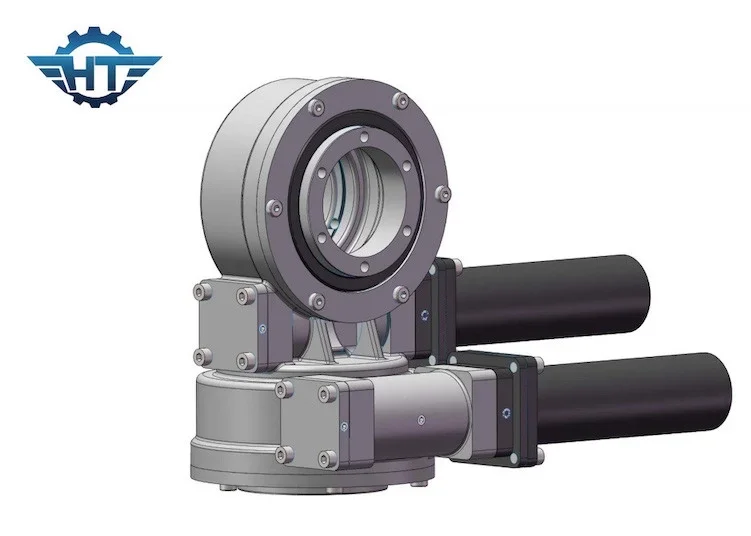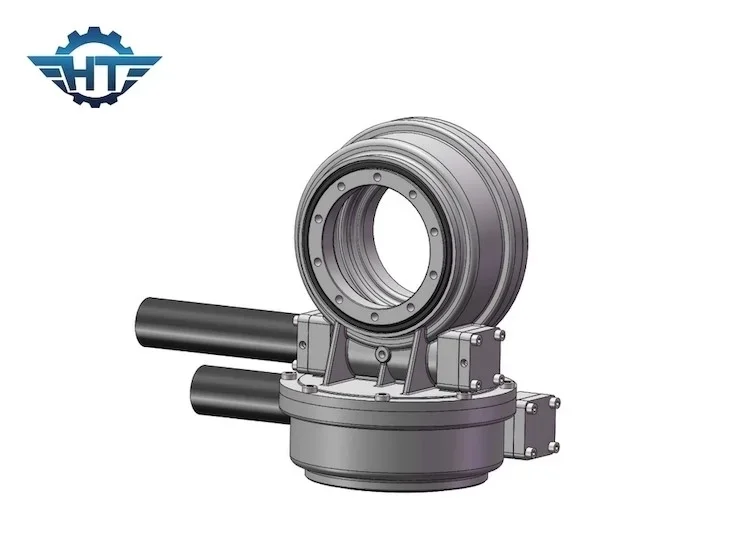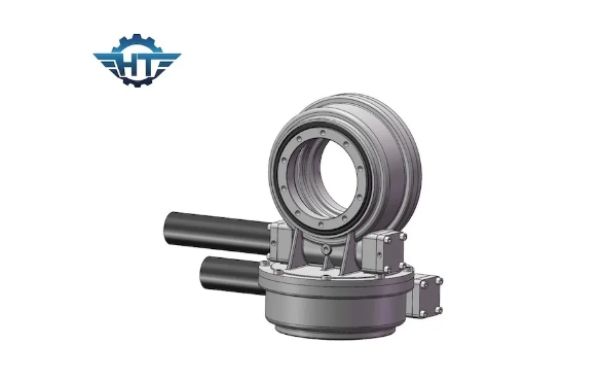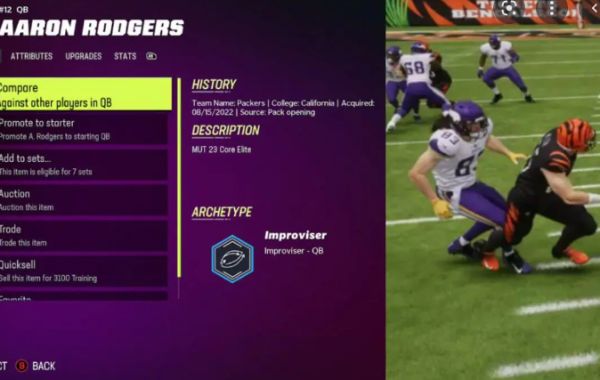Are you looking to maximize the efficiency of your solar panels and harness more renewable energy? Look no further than a Dual Axis Solar Tracking System! This innovative technology is revolutionizing the way we generate power from the sun. By intelligently orienting solar panels to follow the sun's path throughout the day, these systems can significantly increase energy production. In this blog post, we will explore how a Dual Axis Solar Tracking System works, its numerous benefits, and provide valuable insights on choosing the right system for your needs. Get ready to unlock the full potential of solar energy like never before!
What is a Dual Axis Solar Tracking System?
A Dual Axis Solar Tracking System is a cutting-edge technology designed to optimize the efficiency of solar panels. Unlike traditional fixed-mount systems, which keep solar panels in a static position throughout the day, dual axis tracking systems automatically adjust the angle and orientation of the panels to follow the movement of the sun.
These advanced systems operate on two axes: azimuth and elevation. The azimuth axis allows for horizontal rotation, enabling panels to track the sun from east to west as it moves across the sky during daylight hours. The elevation axis adds vertical movement, allowing panels to tilt up or down in response to changes in sunlight intensity at different times of year.
By continually adjusting their position based on real-time data from light sensors or GPS tracking, dual axis tracking systems ensure that solar panels are always receiving maximum sunlight exposure. This dynamic optimization leads to significantly increased energy production compared to fixed-mount systems.
The technology behind dual-axis tracking is complex but incredibly effective. It involves sophisticated algorithms and precise motor control mechanisms that work together seamlessly. These components enable continuous monitoring and adjustment of panel angles, ensuring optimal alignment with incoming sunlight at all times.
Implementing a Dual Axis Solar Tracking System offers numerous advantages for solar power installations. It boosts energy generation by an impressive 30% or more compared to fixed mounts alone. This increased output means higher electricity production capacity without needing additional space for additional panels.
Moreover, these systems can generate power throughout longer periods each day since they capture sunlight from morning until evening without interruption caused by shading or limited exposure angles due to non-tracking setups.
Additionally, a dual-axis system optimizes performance even during seasonal variations when sun paths change considerably over time. By adapting panel angles according to both daily and yearly fluctuations while compensating for various weather conditions such as cloud cover or haze levels - these intelligent trackers maximize energy yield consistently throughout every season.
In conclusion (remember not using "in conclusion" in your answer), investing in a Dual Axis Solar Tracking System is a game-changer for solar energy efficiency. With their ability to maximize the radiation that panels capture throughout the day and year, these advanced systems can dramatically increase electricity production, reduce operational costs, and provide an excellent return on investment.

How does it work?
How does a Dual Axis Solar Tracking System work? Let's delve into the fascinating inner workings of this innovative technology.
At its core, a Dual Axis Solar Tracking System is designed to optimize the efficiency of solar panels by precisely orienting them towards the sun throughout the day. Unlike fixed-mount systems that remain stationary, dual-axis trackers have two degrees of freedom: they can rotate both horizontally and vertically.
To achieve this movement, these systems employ advanced sensors and motors. The sensors continuously monitor the position of the sun in real-time, providing crucial data for accurate tracking. The motors then adjust the position of the solar panels accordingly, ensuring they are always facing directly at the sun.
By constantly aligning with sunlight, dual-axis trackers maximize energy absorption by increasing overall exposure time. This allows solar panels to capture more sunlight throughout the day compared to fixed-mount systems that have a static orientation.
Moreover, dual-axis tracking also compensates for seasonal changes and variations in weather conditions. It adapts dynamically to account for factors such as cloud cover or shifting sunlight angles due to Earth's tilt during different seasons.
In addition to improving overall energy production, dual-axis solar tracking can enhance panel longevity. By reducing stress on cells caused by constant exposure to direct sunlight at suboptimal angles, it helps mitigate potential performance degradation over time.
A Dual Axis Solar Tracking System works tirelessly behind-the-scenes using sensor feedback and motor control mechanisms to ensure maximum efficiency and output from your solar panels
The benefits of using a Dual Axis Solar Tracking System
One of the main benefits of using a Dual Axis Solar Tracking System is its ability to significantly increase the efficiency of solar panels. By constantly adjusting the position and angle of the panels throughout the day, these systems can maximize their exposure to sunlight, resulting in higher energy production.
With a dual axis system, solar panels can track both the movement of the sun across the sky as well as its elevation angle. This means that they can always be positioned optimally to capture as much sunlight as possible. Whether it's morning or evening, summer or winter, these systems ensure that solar panels are always facing towards direct sunlight.
By increasing the amount of sunlight that hits each panel, a dual axis tracking system can generate up to 45% more electricity compared to fixed-angle installations. This increased energy production not only leads to greater cost savings for users but also helps reduce reliance on traditional fossil fuels.
Moreover, because dual-axis tracking systems allow for precise alignment with the sun's rays, they are particularly effective in locations with variable weather conditions or areas where shadows from nearby objects may affect panel performance. By continuously adjusting their position throughout the day, these systems mitigate any potential losses caused by shading and maintain consistent output levels.
In addition to improved efficiency and increased energy generation capacity, another benefit of using a dual-axis tracking system is its versatility and adaptability. These systems are designed to accommodate various types and sizes of solar panels while offering customizable settings based on specific user requirements.
Furthermore, some advanced dual-axis trackers incorporate intelligent features such as GPS technology or cloud-based monitoring systems. These innovations enable remote control and monitoring capabilities for real-time data analysis regarding power generation levels and system performance—making it easier than ever for users to optimize their renewable energy resources effectively.
Investing in a Dual Axis Solar Tracking System offers numerous advantages in terms of improved efficiency, enhanced energy production capacity regardless of environmental variations like changing seasons or shadows cast by surrounding structures—all while providing users with greater flexibility and control over their solar energy systems. By harnessing the power of the sun more effectively, these trackers offer an effective solution for reducing energy costs while helping achieve a more sustainable future.

How to choose the right Dual Axis Solar Tracking System
Choosing the right dual axis solar tracking system is crucial to ensure optimal performance and efficiency of your solar panels. With numerous options available in the market, it can be overwhelming to make the right choice. Here are some factors to consider when selecting a dual axis solar tracking system.
Assess the power output requirements of your solar panels. Different systems have varying capacities, so it's important to choose one that aligns with your energy needs. Additionally, consider the size and weight of your panels as this will impact compatibility with different tracking systems.
Another key factor is durability and reliability. Look for a system that is built with high-quality materials and has proven track record in terms of performance and longevity. It should be able to withstand harsh weather conditions such as strong winds and heavy rain.
Ease of installation and maintenance should also be taken into account. Opt for a system that comes with clear instructions or professional installation services if needed. Similarly, choose a system that requires minimal upkeep to reduce maintenance costs over time.
Consider any additional features or functionalities offered by different systems such as remote monitoring capabilities or integration with smart home technology.
By carefully considering these factors, you can select the right dual axis solar tracking system that suits your specific needs and maximize the efficiency of your solar panels without compromises.

Conclusion
A Dual Axis Solar Tracking System is an innovative solution that can greatly improve the efficiency of solar panels. By continuously tracking the movement of the sun in two axes, this system ensures that solar panels are always positioned optimally to receive maximum sunlight throughout the day.
Not only does this technology increase energy production and overall efficiency, but it also helps to maximize the return on investment for solar installations. With increased energy generation, users can reduce their reliance on traditional power sources and potentially even sell excess electricity back to the grid.
Choosing the right Dual Axis Solar Tracking System requires careful consideration of factors such as cost, reliability, durability, and compatibility with existing solar panel setups. It's important to research different options available in the market and consult with experts before making a decision.
Investing in a Dual Axis Solar Tracking System may require an upfront cost, but it can lead to significant long-term benefits. Increased energy production means more savings on utility bills and a reduced carbon footprint. Additionally, advancements in technology have made these systems more affordable and accessible than ever before.
So if you're looking to harness the full potential of your solar panels and take advantage of all-day sunlight exposure, consider implementing a Dual Axis Solar Tracking System. It's a smart investment that will not only boost energy output but also contribute towards building a sustainable future for generations to come.
Changzhou Hangtuo Mechanical Co., Ltd is a high-tech enterprise integrated with research and development, production and sales. We focus on the research and development of slew bearings, high-precision slew drives, and planetary gear motors. We are committed to provide customers with reliable, diversified, high-quality and customized solutions.Welcome to inquiry if you need to know more about product details or order wholesale.jessie@solarslewdrive.com







